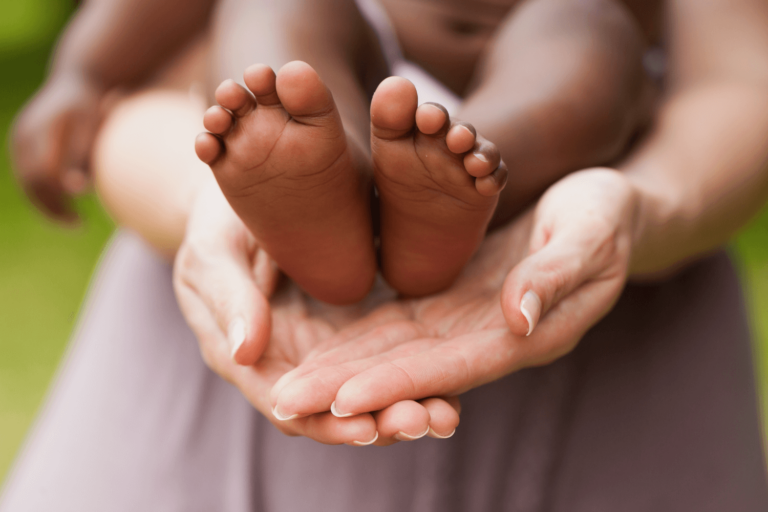Pregnancy can be a scary experience for many women, but knowledge is power, and understanding the different stages of pregnancy can put your mind at ease. The human body is capable of incredible things – including creating life. There are several stages to fetal development, so let’s get started.
Stage 1: Pre-implantation
The journey of fetal development begins at conception when a sperm fertilizes an egg, forming a single cell called a zygote. The zygote undergoes rapid division through a process known as cleavage. As it travels down the fallopian tube, it develops into a blastocyst, a ball of cells with an inner cell mass and an outer layer. After approximately five days, the blastocyst reaches the uterus, where it attaches to the uterine lining in a process called implantation.
Stage 2: Embryonic Development
This second stage of pregnancy, lasting from the third to the eighth week, is known as the embryonic stage. During this time, vital organs such as the heart, brain, lungs, and liver begin to take shape, and the baby develops a circulatory system. It is usually during this stage that a heartbeat can be detected using an ultrasound machine.

Stage 3: Fetal Development
During this fetal development phase, the baby undergoes rapid growth and refinement of its organs and systems. By the end of the third month, its sex is determined, and facial features, limbs, and digits become more defined. As the weeks progress, the baby develops more complex sensory organs, including the eyes, ears, and taste buds. It also gains the ability to move and respond to external sounds and touch.
Stage 4: Trimester Progression
Within the fetal stage, there are three trimesters, each marking significant milestones in the fetus’s development.
First Trimester (Weeks 9-12):
By the end of the first trimester, the baby has grown to approximately three inches in length. Major organs are well-formed, and the heartbeat is audible. Facial features become distinct, and usually, the baby starts moving around, though you might not feel it yet.
Second Trimester (Weeks 13-28):
During this stage of pregnancy, the baby experiences rapid growth. It develops lanugo (fine hair covering the body) and vernix caseosa (a protective coating on the skin). Usually, by this time, the mother can feel the baby’s movements.
Third Trimester (Weeks 29-40):

The baby’s growth continues, and it gains weight significantly. Organs mature further, and the baby’s lungs prepare for breathing outside the womb. Typically, a baby will also begin positioning itself with its head pressed against the mother’s cervix, preparing for birth. Not all babies turn this way naturally, though, so your doctor may talk to you about what your options are if your baby hasn’t turned quite yet.




